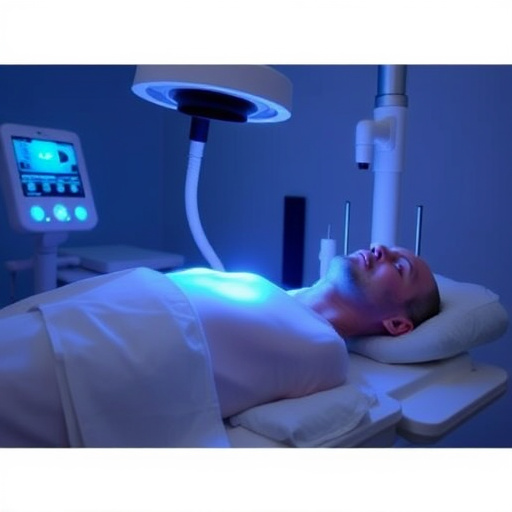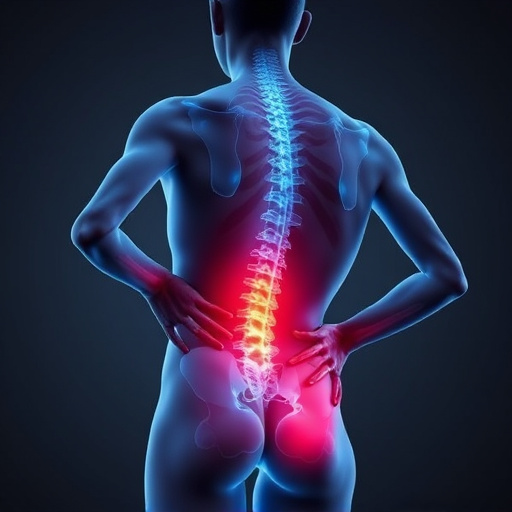Shockwave tendonitis relief uses low-energy sound waves (ESWT) to stimulate healing, reduce inflammation, and accelerate tissue repair, offering non-invasive treatment for tendinitis, bursitis, chronic back pain. This therapy enhances blood flow, delivers nutrients for repair, and promotes faster recovery compared to surgery or medication. ESWT is an effective alternative or adjunctive treatment gaining prominence in post-accident rehabilitation and comprehensive wellness care.
Discover how shockwave tendonitis relief stimulates the body’s natural healing response, offering a non-invasive approach to managing pain. This powerful therapy disrupts chronic inflammation, accelerates tissue repair, and promotes regeneration. In this article, we explore the science behind shockwave therapy, its benefits for various conditions, and how it’s revolutionizing sports medicine and rehabilitation. Uncover why shockwave tendonitis relief is becoming a go-to treatment option.
- Understanding Shockwave Tendonitis Relief Mechanism
- The Science Behind Stimulating Healing Response
- Benefits and Applications of Shockwave Therapy
Understanding Shockwave Tendonitis Relief Mechanism
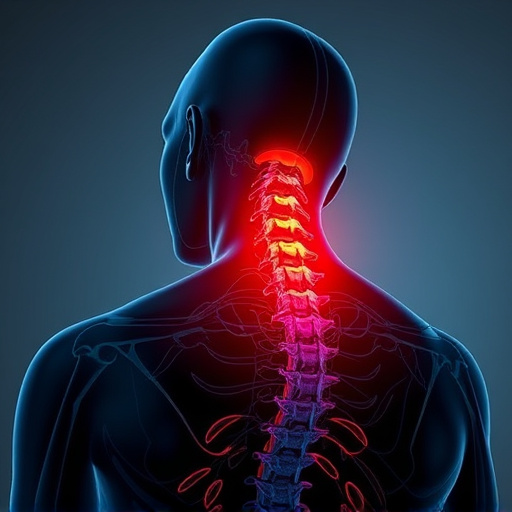
Shockwave tendonitis relief works by stimulating a complex physiological response within the body to promote healing and reduce inflammation. Low-energy sound waves, known as shockwaves, are delivered directly to the affected tendon area. This non-invasive approach triggers a cascade of beneficial reactions. First, it enhances blood flow to the site, accelerating the delivery of essential nutrients and oxygen required for tissue repair. Simultaneously, shockwave therapy reduces pain and inflammation by promoting the release of natural growth factors that stimulate cell proliferation and regeneration.
This therapeutic effect extends beyond immediate relief. By stimulating the body’s inherent healing mechanisms, shockwave tendonitis relief supports the recovery process for musculoskeletal injuries, including tendinitis, bursitis, and chronic back pain. Chiropractic treatment incorporating this technology offers a safe and effective alternative to surgical interventions or long-term reliance on medication, promoting faster recovery and improved function.
The Science Behind Stimulating Healing Response
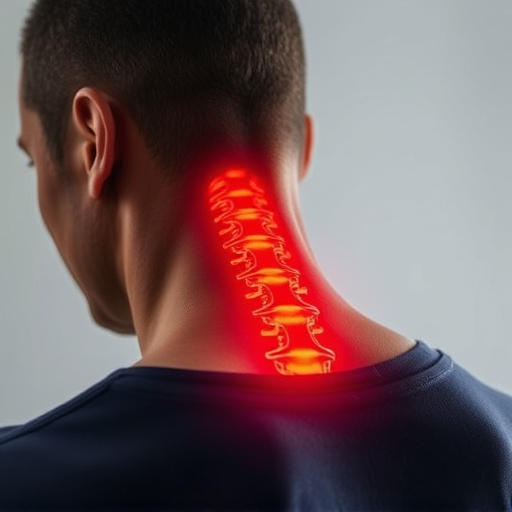
The science behind shockwave tendonitis relief lies in its ability to stimulate the body’s natural healing response. This non-invasive therapy uses low-energy sound waves, known as extracorporeal shockwave therapy (ESWT), to penetrate deep into affected tissues. By doing so, it promotes blood flow and nutrient delivery to damaged areas, which are essential for tissue repair and regeneration. The process also helps reduce inflammation, a key contributor to pain and impaired healing in tendonitis.
In the context of post accident rehabilitation, shockwave tendonitis relief can be a valuable tool alongside rehab services, including physical therapy and spinal adjustment. The stimulation of the healing response accelerates the body’s natural mechanisms, potentially reducing recovery times and improving overall outcomes. This approach has gained prominence for its effectiveness in managing chronic tendonitis, offering an alternative or adjunctive treatment option for those seeking relief beyond conventional methods.
Benefits and Applications of Shockwave Therapy
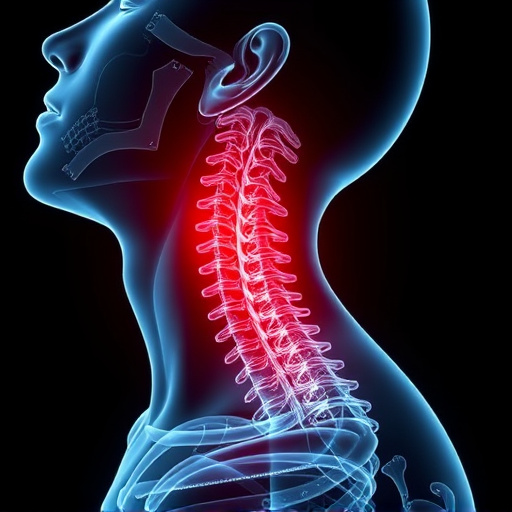
Shockwave tendonitis relief is a cutting-edge therapy that leverages low-energy sound waves to stimulate the body’s natural healing response. This non-invasive approach offers significant benefits for individuals suffering from chronic tendonitis, particularly in the lower back and other affected areas. By breaking up scar tissue and stimulating the growth of new, healthy cells, shockwave therapy accelerates the healing process, providing much-needed relief from pain and discomfort.
The versatility of shockwave therapy makes it a valuable component of comprehensive wellness care and rehab services. It can be tailored to target specific tissues and conditions, making it an effective treatment for various musculoskeletal disorders. Whether it’s addressing persistent lower back pain or fostering the recovery of athletes, shockwave tendonitis relief demonstrates its potential to revolutionize traditional rehabilitation methods and enhance overall mobility and quality of life.
Shockwave tendonitis relief has emerged as a groundbreaking approach, harnessing the power of low-energy shockwaves to stimulate the body’s natural healing response. By understanding the science behind this method and its benefits in treating tendinopathy, we can appreciate how it offers a non-invasive, effective solution for pain management and tissue regeneration. Shockwave therapy proves to be a valuable tool in various applications, providing hope and improved mobility for those seeking relief from tendon-related ailments.







